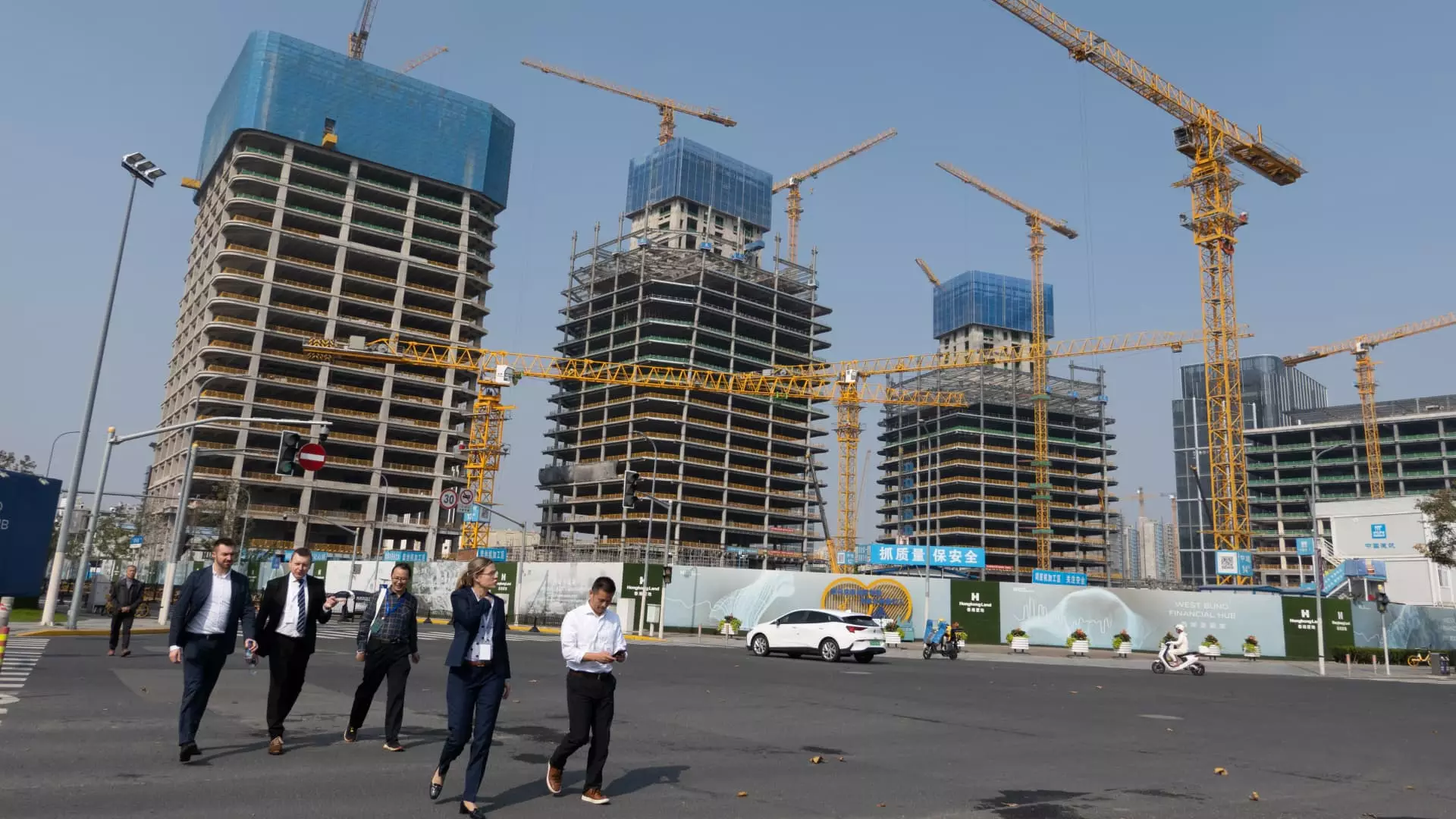As China navigates through a daunting economic landscape, all eyes are on upcoming stimulus measures expected to be announced after the conclusion of a significant parliamentary meeting. Since late September, the Chinese government has been proactive in signaling its intent to rejuvenate economic growth through a series of fiscal and monetary interventions, reflecting a growing sense of urgency amid persistent challenges in key sectors like real estate.
The recent push for economic stimulus has been spearheaded by President Xi Jinping. During a crucial meeting held on September 26, Xi underscored the necessity of enhancing monetary and fiscal support while addressing the ongoing downturn in the real estate market. This move is seen as essential for stabilizing local economies that rely heavily on property sales for revenue generation. The People’s Bank of China has already taken significant steps by reducing interest rates, which is aimed at encouraging borrowing and boosting investment.
Critical to the implementation of these fiscal measures is the involvement of the National People’s Congress (NPC), China’s legislative body, without whose approval increasing government spending and taking on additional debt would be impossible. Notably, during similar meetings last year, the NPC approved a historically high deficit increase, allowing the government to flex its financial muscles during economic downturns. Analysts are now speculating whether the NPC will again sanction a raise in the fiscal deficit as China prepares for the economic ramifications of global trade tensions, especially following the outcomes of the recent U.S. elections.
Concerns and Caution Among Analysts
Despite the optimistic expectations surrounding stimulus, there remains a prevailing caution regarding the nature and extent of government support that might be offered. While some experts anticipate aggressive fiscal policies, others warn that the government might hold back on direct consumer support. Discussions led by Finance Minister Lan Fo’an point out the critical issue of local government debt—a problem further exacerbated by the impacts of the pandemic and falling property revenues.
Debt and Local Government Challenges
A significant focus of the current legislative discussions is the strategizing around local government debt refinancing. State media reports suggest plans to increase the quota for debt issuance that local governments can access, aimed specifically at alleviating the burden of hidden debts, which are estimated to be in the ballpark of $7 trillion to $8.4 trillion. Estimates indicate that allowing local authorities to increase bond issuance could potentially yield substantial savings in interest payments.
As China grapples with both domestic and external economic pressures, the expectations surrounding the forthcoming stimulus highlight a delicate balancing act. The initiatives taken are pivotal not only for immediate economic recovery but also for ensuring long-term financial stability. The outcomes of this parliamentary meeting and the forthcoming policy changes will likely shape the trajectory of China’s economic prospects in the months ahead, making it a critical juncture for decision-making authorities.


Leave a Reply